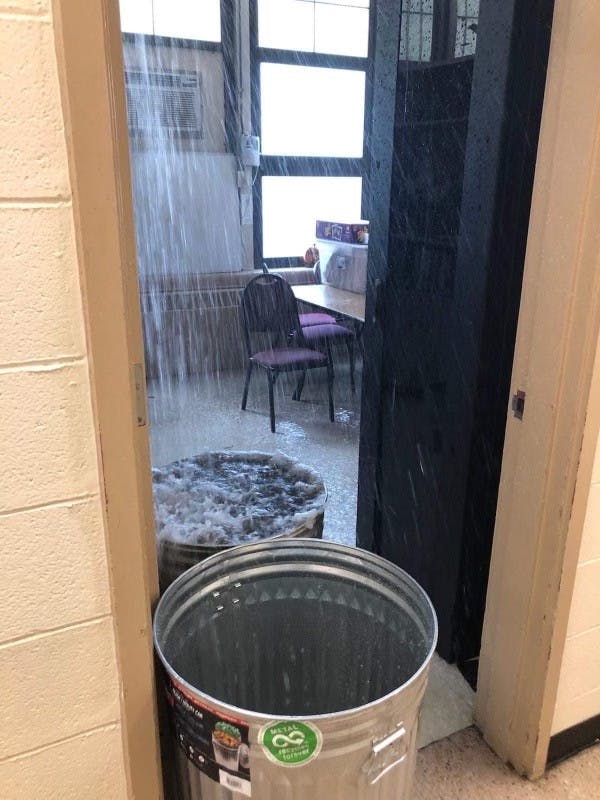There are newer buildings with leaking roofs and old buildings that are crumbling before the eyes of staff and students of Columbus Public Schools.
Immense leaks drip from the ceilings of classrooms into large metal trash bins, nearby desks are covered in coal dust as it spews from vents and thermometers hit lows in the 50s and highs in the 100s due to the broken heating/cooling systems.

All of this is occurring in buildings where children sit all day every day with the intent to learn, playing on the floors and eating their lunches within Ohio’s largest school district, responsible for over 52,000 students across 127 schools.
The existence of such conditions in the first place are leaving many living in Columbus, Ohio, wondering just where their tax dollars have been going.
Teachers within the district began their strike over these conditions on Monday, Aug. 22, and it lasted until Wednesday, Aug. 24. Early Thursday morning, a “conceptual agreement” was reached between the district and the Columbus Education Association, the details of which are still unknown.
Growing up in the Columbus area with various family members teaching in public schools, including Columbus Public, the challenges that the district face are great — over 6,000 students in the district are classified as at-risk youth students who are facing homelessness, living in foster care or another emergency living arrangement — with 24% of people within the district living under the poverty line.
There is a reason that inner-city school districts full of low-income, vulnerable children tend to have lower test scores than their suburban neighbors: when living in poverty, in neighborhoods with high crime rates and unstable housing situations, survival comes first. Self-preservation, getting food on the table and having a place to sleep all take precedence over academics.
In this environment, shouldn’t school be a haven for these kids?
Shouldn’t the teachers who are doing so much more than just teach their students work in acceptable conditions?
The answer is unclear as the specific terms of the reached agreement are still not public.
What we do know, however, is that the conditions in which the students of Columbus Public are living and learning are not unlike those of countless other school districts across the country.
The American public school system is a deeply damaged one across the board, consisting of standardized tests that teachers do not agree with and only teach students to memorize and recite information. Schools are full of underpaid, overworked teachers working under far too many administrators who seldom interact with students.
The American public school system is failing its students and blaming it on them.
In the ongoing whirlwind of political chaos, it has been all too easy for politicians to forget about public schools, but in doing so they are forgetting that the future of this country depends on the necessary evolution of education to better serve the country’s children.
With Columbus City Schools as a prime example, a whole lot of work has to happen to fix what is broken, both within the physical schools and the system itself.
Meg Diehl is a sophomore studying journalism at Ohio University. Please note that the views and opinions of the columnists do not reflect those of The Post. What are your thoughts? Tell Meg by tweeting her at @irlbug.
Assistant Opinion Editor






